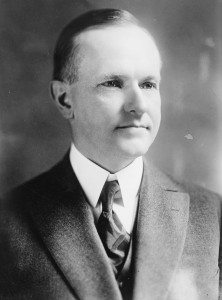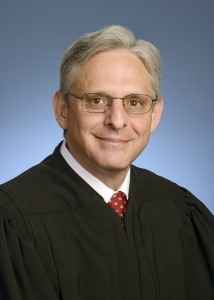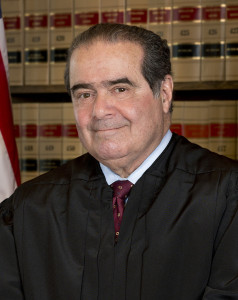It has been a long and unusual presidential election season. The United States faces unprecedented troubles, including threats abroad, affronts to personal liberties at home, and an impassioned debate over what kind of nation we are, and what kind of nation we want to become. In the face of this, one party has put forth a well-known and prominent member of its establishment, a person with whom we are already very familiar. The other party, meanwhile, still reeling from its losses four years ago, is rending itself in two. It has separated into two camps; the old-guard is trying to hold the party together while outsiders agitate behind a noisy firebrand.
The Republican Party has nominated incumbent President Calvin Coolidge for reelection. Coolidge ascended to the presidency following the untimely death of President Warren Harding last year, and has attempted to distance himself from the scandals associated with his predecessor.
For its part, the Democratic Party has nominated former Ambassador John Davis, who is relatively unknown. Davis was a compromise candidate, elected only after more than one hundred ballots at the party convention, and is unpopular with the party’s growing progressive wing. Meanwhile, Republican Senator Robert La Follette of Wisconsin has formed his own party, which he Christened the Progressive Party, though it is unrelated to Theodore Roosevelt’s Progressive ‘Bull-Moose’ Party from 1912. La Follette has attracted the support of many progressive Democrats.
Harding and Coolidge have presided over a robust and growing economy, marked by relatively little government regulation and interference. Coolidge promises to continue in this ‘laissez-faire’ way, keeping taxes low and limiting the scope of government. Although this is likely to keep the good times rolling, we do risk a collapse later on if speculation continues unchecked. Some reasonable economic regulation is warranted.
Davis does not make any better proposals; in fact, on the key economic issues, he is essentially indistinguishable from Coolidge. La Follette’s leftist proposals provide no alternative; they are destined only to accelerate any upcoming crash.
Although Coolidge is oft’ labeled a ‘conservative,’ he is, in fact, quite liberal in all of the most honorable ways. He supports expanded civil rights for blacks and would prohibit lynching. He supported measures to grant citizenship to Indians, who will be voting for the first time in this presidential election. He supports women’s suffrage. He supports individual liberty and opposes our absurd social experiment in alcohol prohibition.
Although he has been properly reluctant to enter into foreign entanglements, such as the ill-advised League of Nations, Coolidge is not a rabid isolationist and has been willing to support our interests abroad. For example, as governor of Massachusetts, Coolidge was a strong supporter of entering the Great War. This was a politically risky position in a state with large German and Irish populations that tended to strongly oppose our involvement.
Though Coolidge has only been president for about one year, he is already proving himself correct on the key policy issues—as was his predecessor—but without the apparent corruption and controversy that dogged the Harding administration. Davis’s challenge is weak, at best. He is ill-prepared for the rigors of the office and he, it is worth noting, agrees with Coolidge on more issues than he disagrees with him. If you like Davis, you might as well just vote for Coolidge. La Follette does differentiate himself from both Coolidge and Davis, but only by proposing absurdities that are hardly worth consideration.
With all of this carefully considered, Off on a Tangent is proud to endorse the reelection of President Calvin Coolidge.







